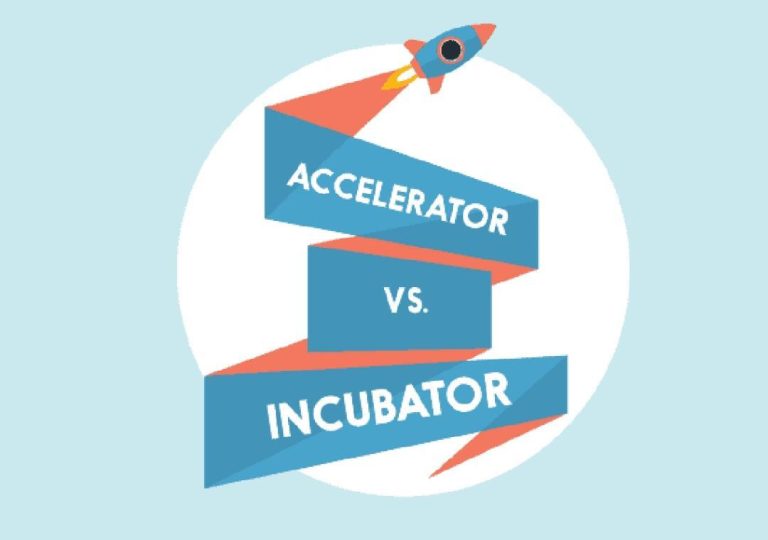
AI & Automation: The Productivity Power Duo
In today’s fast-paced business environment, companies are constantly seeking ways to streamline operations, reduce costs, and increase efficiency. Two technologies that have emerged as game-changers in this quest for productivity are Artificial Intelligence (AI) and Automation. When combined, they form a powerful duo that can revolutionize the way businesses operate.
Introducing Intelligent Automation
Intelligent Automation (IA) is the next evolution of Robotic Process Automation (RPA). While RPA focused on automating repetitive, rule-based tasks, IA takes it to the next level by integrating AI and machine learning capabilities. This fusion enables bots to not only perform routine tasks but also make decisions, analyze data, and adapt to new patterns.
How AI & Automation Combine
So, how do AI and Automation work together to boost productivity? Here’s a breakdown of the process:
- Data Collection: AI algorithms collect and analyze vast amounts of data, identifying patterns and anomalies that would be difficult or impossible for humans to detect.
- Process Automation: Automation tools, such as RPA bots, take over routine tasks, such as data entry, document processing, and customer service, freeing up human employees to focus on higher-value tasks.
- Decision-Making: AI algorithms analyze the data and make informed decisions, providing recommendations or taking actions based on the insights gleaned.
- Adaptation: As new data is collected, the AI algorithms learn and adapt, refining their decisions and processes over time.
Benefits of AI & Automation
The combination of AI and Automation offers numerous benefits, including:
- Increased Efficiency: By automating routine tasks, businesses can reduce the time spent on manual processing, freeing up employees to focus on strategic activities.
- Improved Accuracy: AI algorithms can perform tasks with precision and accuracy, reducing the risk of human error.
- Enhanced Decision-Making: AI-driven insights provide businesses with data-driven decisions, enabling them to make more informed strategic choices.
- Scalability: IA solutions can be easily scaled up or down to meet changing business demands, without the need for significant investments in infrastructure or personnel.
- Cost Savings: By reducing the need for manual labor and minimizing errors, businesses can achieve significant cost savings.
Real-World Applications
The benefits of AI & Automation are not limited to any specific industry or sector. Here are a few examples of how businesses across various industries are leveraging this powerful duo:
- Healthcare: AI-powered chatbots can assist patients with scheduling appointments, answering frequently asked questions, and providing emotional support. Meanwhile, automation can help with tasks such as claims processing and medical records management.
- Finance: AI-driven algorithms can analyze financial data to identify potential fraud, while automation can streamline tasks such as account reconciliation and loan processing.
- Manufacturing: AI-powered sensors can monitor production lines, detecting defects and optimizing production processes. Automation can take over tasks such as inventory management and quality control.
- Customer Service: AI-powered chatbots can handle customer inquiries, while automation can assist with tasks such as order fulfillment and returns processing.
The Future of AI & Automation
As AI and Automation continue to evolve, we can expect to see even more innovative applications across industries. Some potential developments on the horizon include:
- Edge AI: The integration of AI capabilities into edge devices, enabling real-time processing and analysis of data.
- Autonomous Automation: The development of autonomous automation solutions that can learn and adapt without human intervention.
- Hybrid Intelligence: The combination of human expertise and AI-driven insights to create more effective decision-making processes.
Conclusion
The combination of AI and Automation is a powerful productivity duo that can revolutionize the way businesses operate. By automating routine tasks, analyzing data with AI, and adapting to new patterns, companies can achieve significant efficiency gains, reduce costs, and make data-driven decisions. As these technologies continue to evolve, we can expect to see even more innovative applications across industries, further solidifying their position as the productivity power duo of the future.
News Source:






